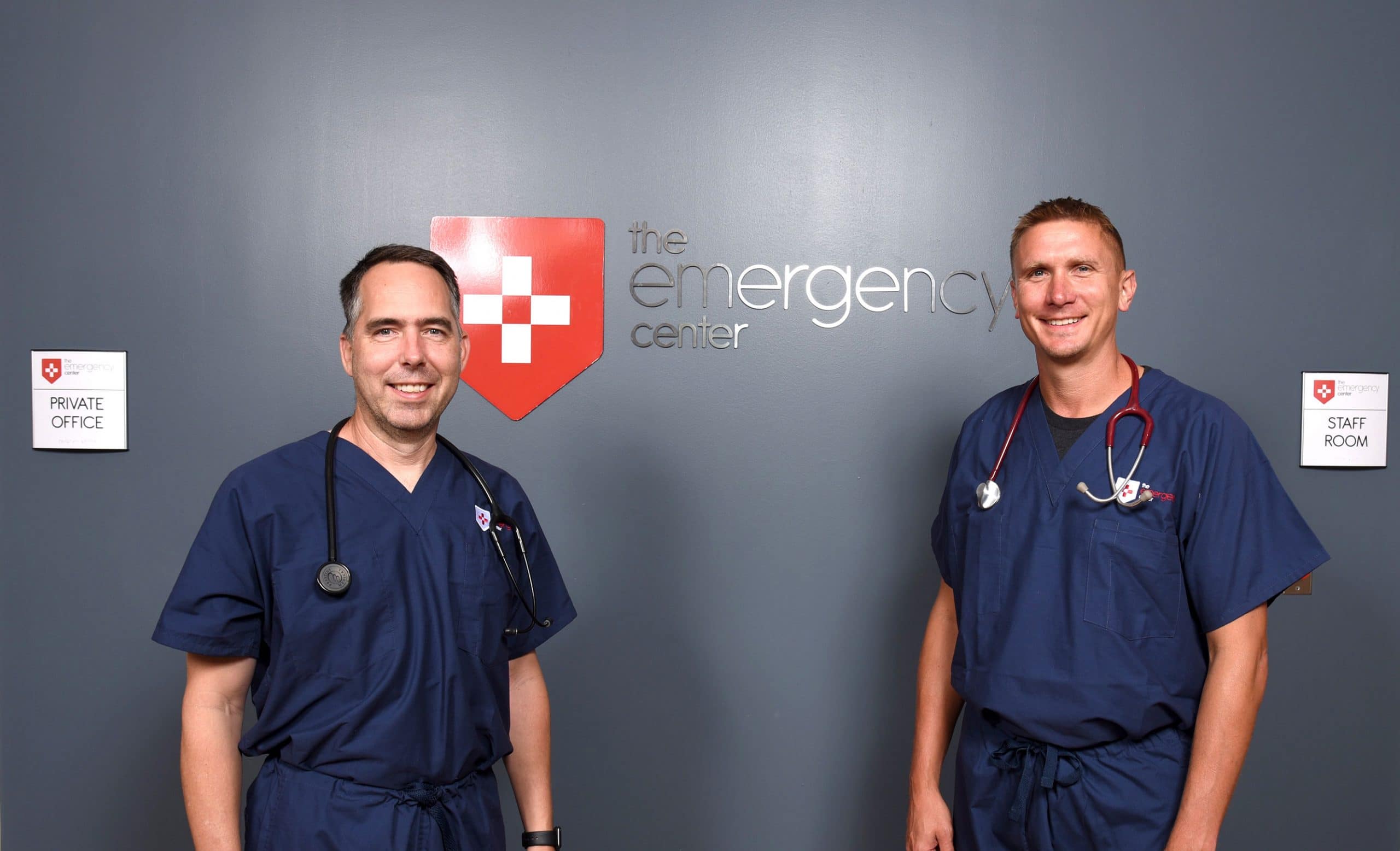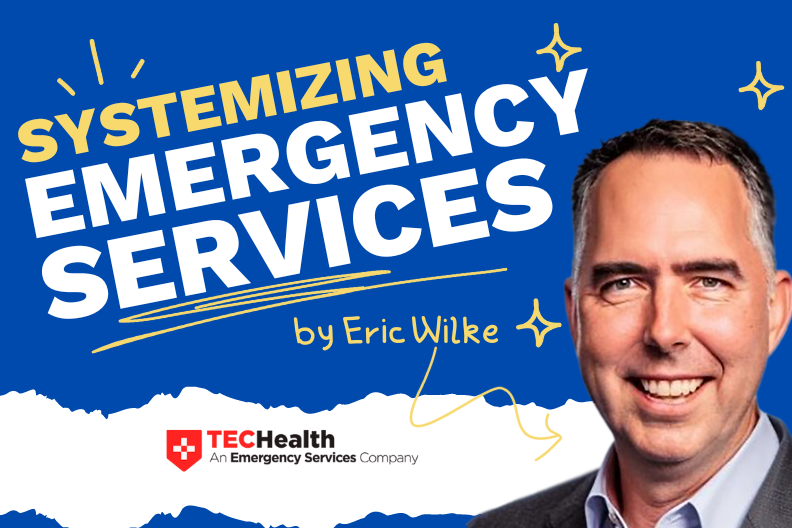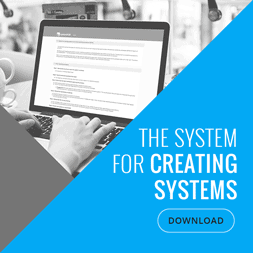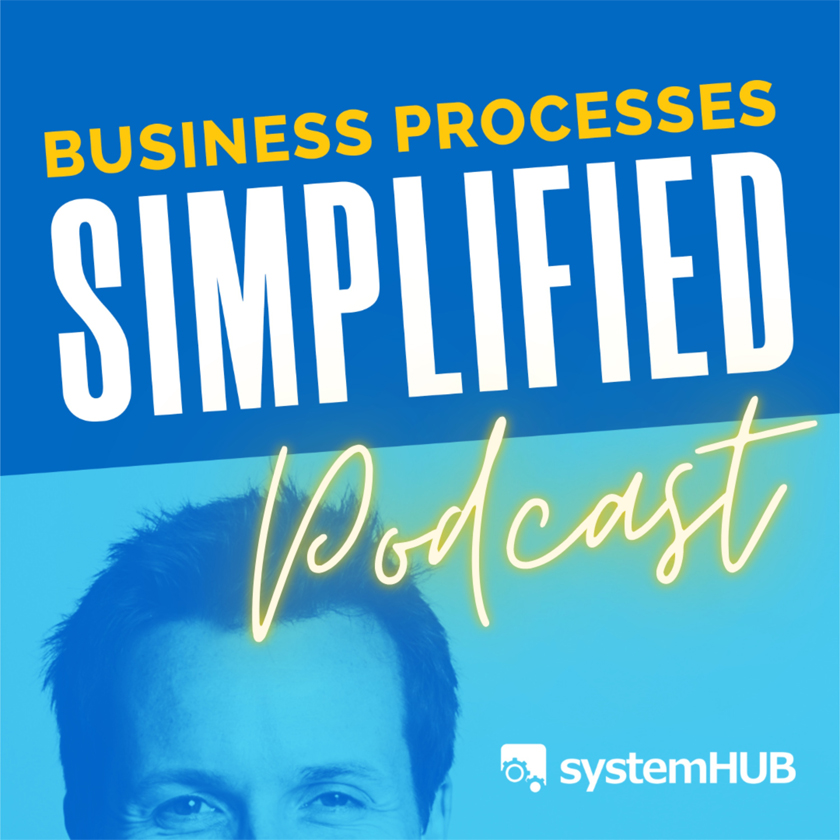Are you running an emergency services business where every mistake could have serious consequences? Dr. Eric Wilke, founding partner and Chief Operations Officer of TECHealth, knows that pressure intimately. His company provides medical staffing to emergency departments, managing physicians, nurse practitioners, and physician assistants for hospital systems across multiple states.
This wasn’t Eric’s first rodeo in emergency services staffing. He’d built and sold a similar company before, but that experience left him exhausted and frustrated with the constant firefighting.
When Success Feels Like Failure
TECHealth’s first iteration was technically successful, they grew and eventually sold in 2010. But Eric recalls the painful reality: “I think I would have paid somebody to take the company just because we didn’t have any systems in place. It was too much personality-driven, and more business just meant more headaches and trouble and time away from home.”
The warning signs were everywhere. Critical processes lived entirely in key employees’ heads. Onboarding new practice managers, typically fresh college graduates in vital entry-level roles, took far too long and was prone to costly errors. Their controller, Darrell, had become so indispensable that “it was hard for Darrell to take a vacation because we were so dependent on his function.”
In emergency services, there’s zero tolerance for critical mistakes, yet their systems were setting everyone up for failure.
The Strategic Decision That Changed Everything
When Eric and his partners launched TECHealth, they made a conscious choice to avoid repeating past mistakes. After implementing EOS (Entrepreneurial Operating System) with some success, they discovered SYSTEMology and knew they’d found their solution.
“We said we’re not going to make the same mistakes that we did before. We want to build something from the ground up that can function without so much bottleneck,” he explains.
The team committed fully to the systemization process, recognizing that their previous approach of relying on tribal knowledge and personality-driven operations simply wouldn’t scale safely in their high-stakes industry.
Implementation Strategy for Emergency Services Business Staffing Systems
TECHealth’s systematic approach focused on their highest-risk areas first:
- Identified an internal Systems Champion from talented team members who showed strong attention to detail and process orientation
- Prioritized critical systems starting with controller functions and practice manager onboarding processes
- Created comprehensive documentation using the “film with your phone” approach to capture institutional knowledge
- Built a centralized knowledge repository where team members could access all procedures, training materials, and process documentation
- Established regular review cycles with bi-weekly check-ins to maintain momentum and address gaps
- Trained the entire team on the new approach with the mantra “go look there first” before asking questions
The process took approximately 12 months to work through their complete priority list, with dedicated resources including a Systems Champion and support person.
Measurable Results in Emergency Services Operations
The transformation delivered concrete operational improvements that directly impacted their bottom line and quality of life. Eric’s team achieved dramatic efficiency gains across multiple areas.
“Payroll went from three days down to about four hours,” he reports. “We just reclaimed two days, two and a half days every two weeks from at least three employees.” This single process improvement alone generated massive ROI through freed-up capacity.
More importantly, the systems enabled sustainable growth. Eric confidently states, “I think we’re going to add three or four new contracts this calendar year and none of us are sweating it.” The controller who once couldn’t take vacation now enjoys better work-life balance, confirming “his life is better now than it was before.”
Key Insights for Emergency Services Business Leaders
The TECHealth transformation offers valuable lessons for any emergency services organization struggling with operational inefficiencies:
- “There’s no way for us to grow successfully without having this foundation in place” – systems aren’t optional for sustainable scaling
- Address knowledge concentration risks immediately, if losing one person would cripple operations, you have a systems problem
- “You won’t be perfect and that’s okay…if you’re consistent at least 65% of the time, that’s way better than what you had before” – progress beats perfection
- Invest in proper onboarding systems – in emergency services, new team members must reach competency quickly and safely
- “What part of your job stinks? What can we do to make it better?” – regular process improvement discussions identify optimization opportunities


The Long-Term Impact
TECHealth now operates as a truly systems-driven emergency services organization. Eric reflects on the dramatic change: “The people that are in a business and they’re pulling their hair out and frustrated and frazzled and tired, this can help much more than you may appreciate because I’ve seen both sides of this coin and I’m much happier on this side.”
Their centralized business brain ensures knowledge retention as team members transition, while their culture of continuous improvement keeps systems current with industry changes and AI innovations.
Ready to Transform Your Emergency Services Business?
If you’re running an emergency services organization where critical processes depend on key individuals, you’re one departure away from operational chaos. TECHealth’s success demonstrates that systematic process documentation and team development can eliminate these risks while enabling confident growth.
Start building your systems-driven emergency services business today with a 14-day free trial of systemHUB, the same platform trusted by growing healthcare and emergency services organizations nationwide.









